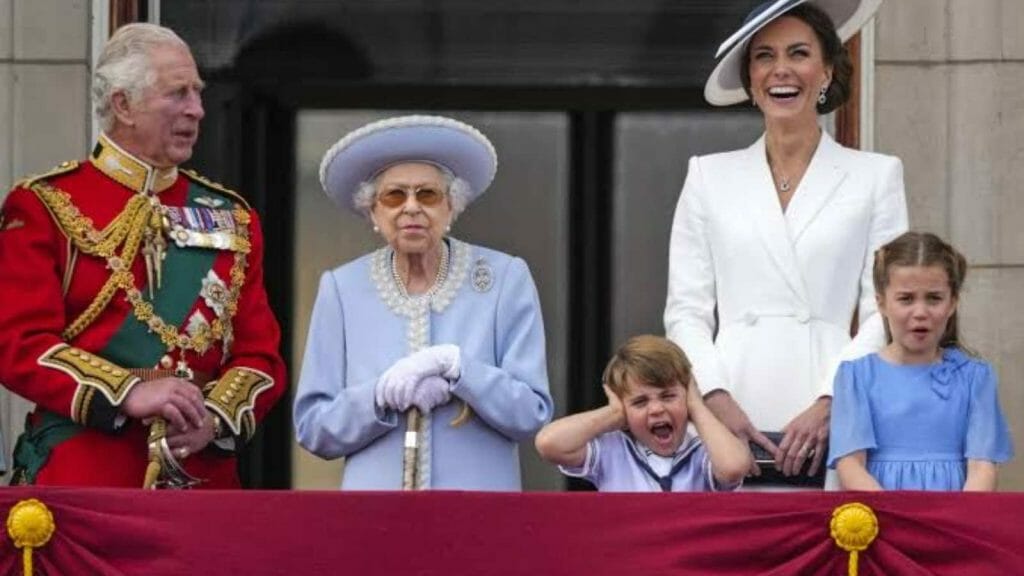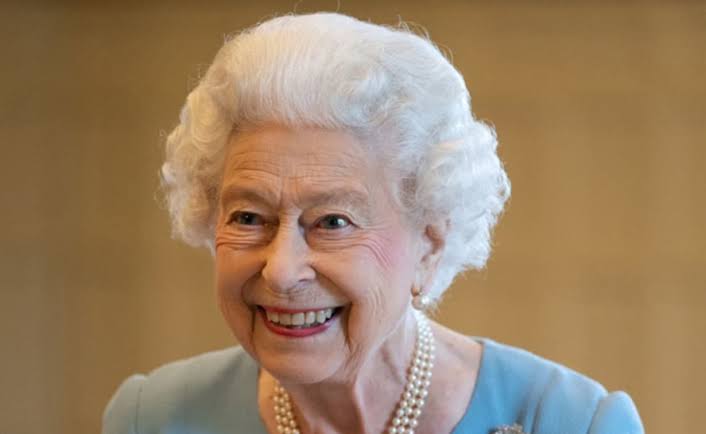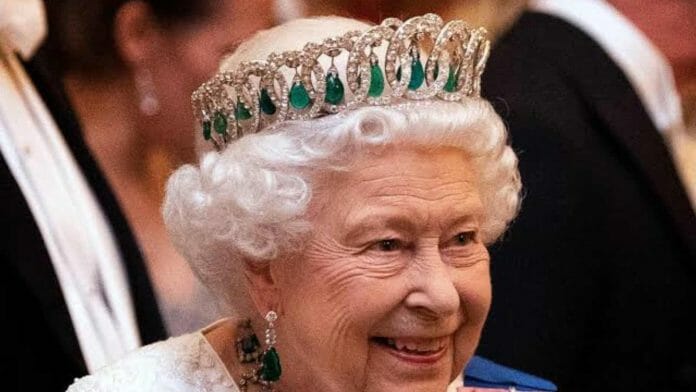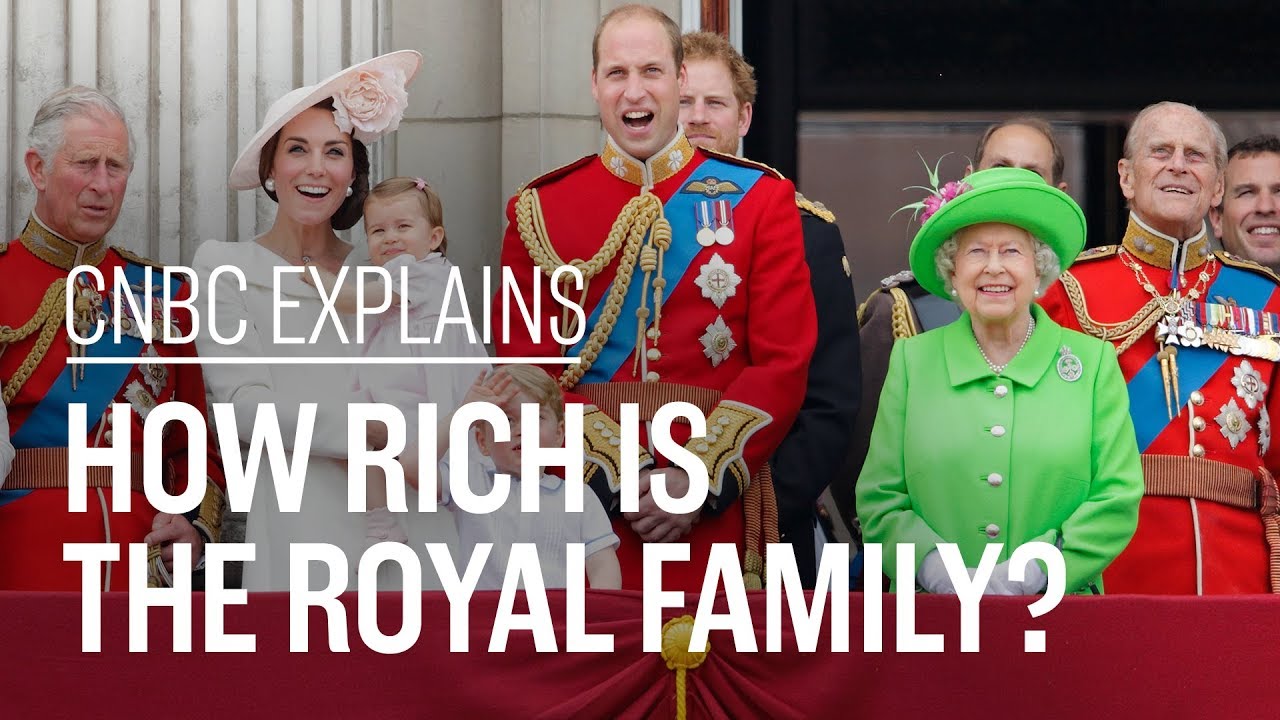One thing everyone knows is that Queen Elizabeth II of England is rich. She has in her purview multiple palaces, several diamond tiaras (the most notable Kohinoor), a gold piano, and much more. The interesting note here is that in order to maintain her valuable assets the government provides her funds. According to the Sovereign Grant Report, the net worth of the Queen is $600 million.
The Royal Household publishes its annual financial statement, the Sovereign Grant Report, every year. Sovereign Grant is the funding that is provided by the government to aid and support the official duties of the Queen and maintain the Occupied Royal Palaces. So, how does she earn in order to skyrocket her finances?
Read More: Queen Elizabeth’s Sweet Skit With Paddington Bear Kickstarts Her Platinum Jubilee Concert
Queen Elizabeth II Receives Sovereign Grant AKA People’s Money

The Sovereign Grant, also known as the Civil List till 2010, is a formal agreement made between King George III and the government in 1730. He agreed to bestow his income from the Crown Estate in exchange for receiving an annual pay-out for him and his progeny.
The annual payment the Queen received from the government stood around 86.3 million pounds for 2020, according to the 2020-2021 Sovereign Grant Report. Out of this lump sum, 51 million pounds were reserved as the core for funding official travels, property upkeep, and operating expenses of the Queen’s household, while the remaining amount was spent towards refurbishing and reservicing Buckingham Palace.
The report also reveals that the royal family relies heavily on the common man’s pocket in the United Kingdom. Just about 77 pence per person in the UK and the figure inclines to 1.29 pounds when the re-servicing costs are also added. The revenues from the Crown Estate along with the public funds are deployed to meet the Queen’s official expenditure.
Read More: Queen Elizabeth II Platinum Jubilee: 10 Things Only The Monarch Can Do
What Are The Queen’s Sources Of Income?

Queen Elizabeth II gets her money from three sources: the annual Sovereign Grant payment, the Privy Purse and her personal wealth inheritance. The first is basically the big amount from the government – the taxpayers’ money. Whilst, the other two sources are independent wealth that is not funded by taxpayers.
The Queen does not own The Royal Collection, rather it comes under the Royal Firm. The revenue from visitor admission fees from royal properties like Buckingham Palace, Windsor Castle and the Tower of London, are used to fund The Royal Collection.
The Royal Collection consists of works of art held in trust by the Queen which will be passed on to her successors. The same goes for her Crown Jewels. The Queen does not own or can sell these properties – as they belong to the reigning monarch of the time.
| Name | Queen Elizabeth II (Elizabeth Alexandra Mary) |
| Age | 96 |
| Occupation | Head of State, Head of Nation |
| Source of Wealth | The Sovereign Grant, the Privy Purse and personal inheritance |
| Net Worth | $600 million |
| Residence | Windsor Castle |
Queen’s Personal Wealth

The Queen gets her personal income from her privately owned properties. The Queen inherited the Balmoral and Sandringham Estates, which were both left by her father. Following Prince Philip‘s death in April last year, the 10 million euro estate of Prince Philip also comes under the Queen’s purview. The Queen’s mother also left her a pretty large sum of 70 million euro fortune when she passed away in 2002. She also has her stamp collection – the Royal Philatelic Collection. Her UK and Commonwealth stamp collection was established in 1869 and is estimated to be valued at around 100 million euros.
Most of the inheritance from Prince Philip consisted of “a large collection of paintings by Edward Seago and 3,000 books”. The paintings the Queen’s mother left her are all donated to the Royal Collection as the most important pieces. This was done so that they could be held in the care of the nation. In that case, the paintings that were worth millions are now not her personal inheritance but rather under the jurisdiction of the state.
Read more: Why Queen Elizabeth II Didn’t Spend Much Time With Prince Harry And Meghan Markle’s Daughter Lilibet






